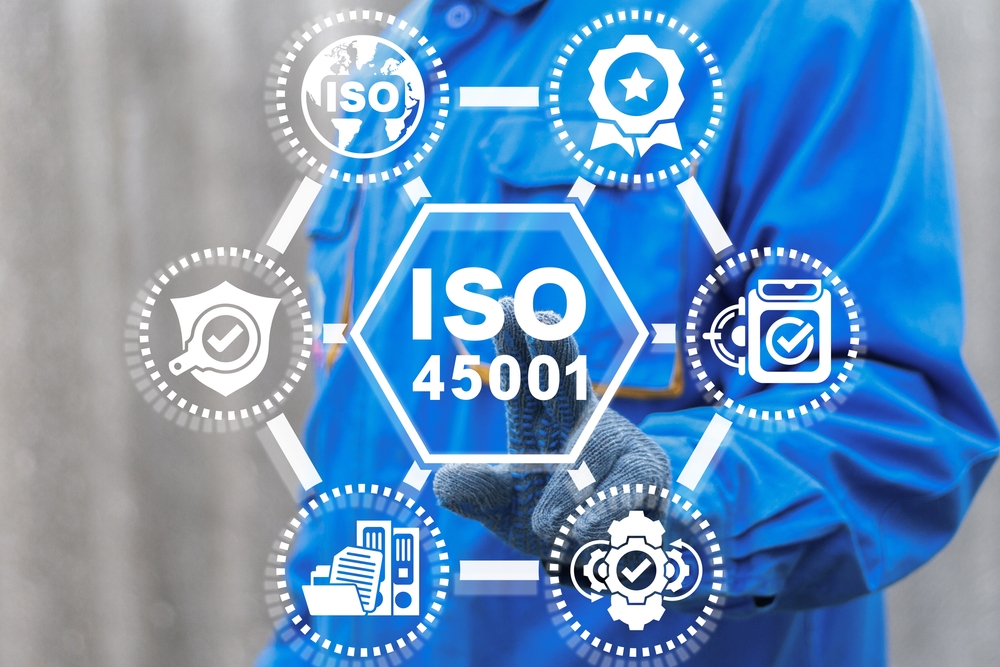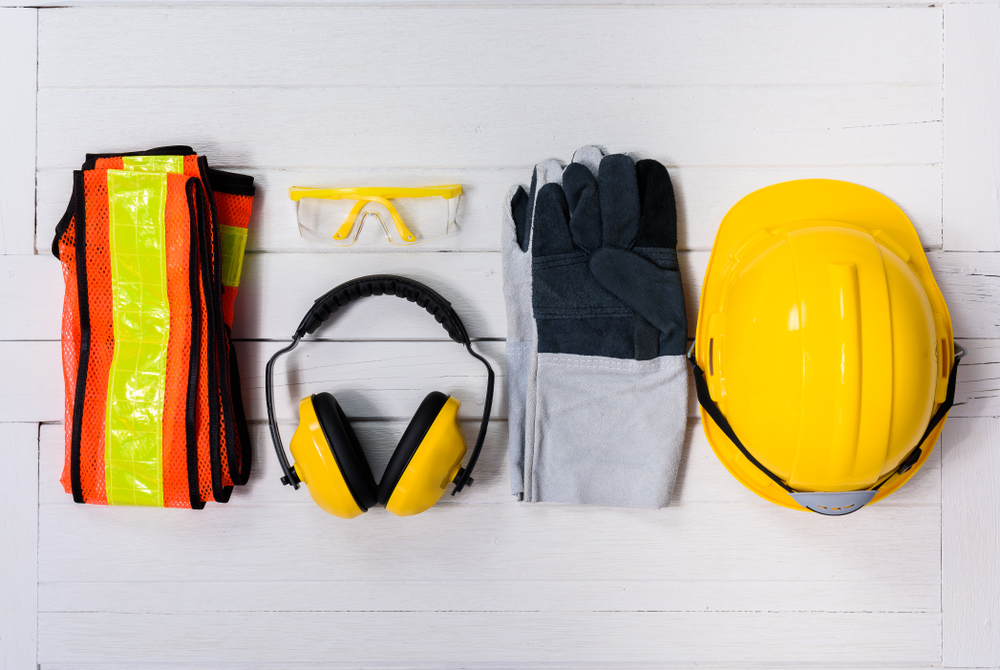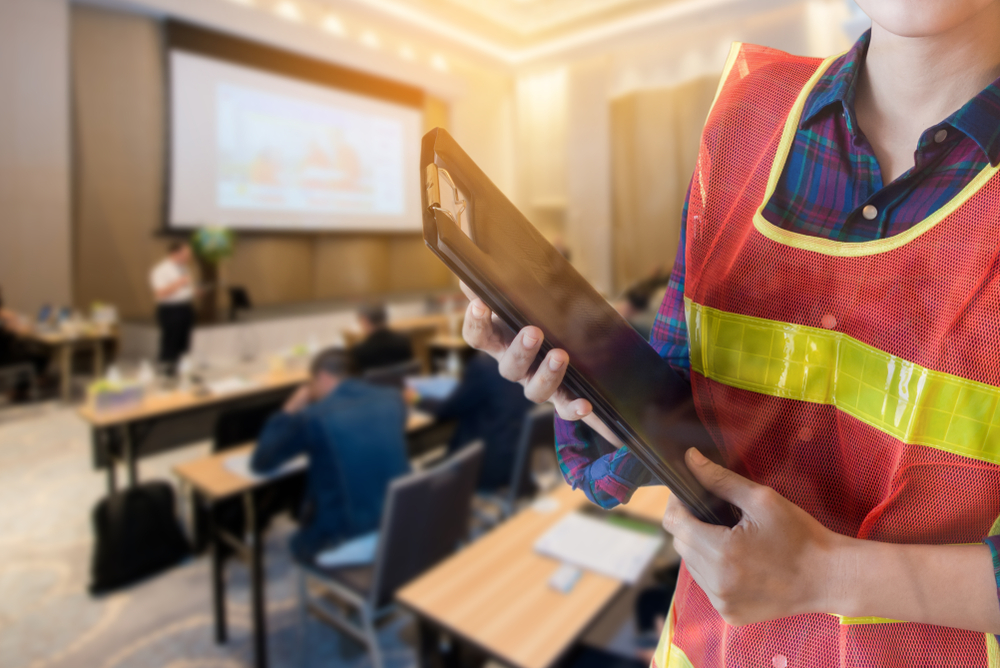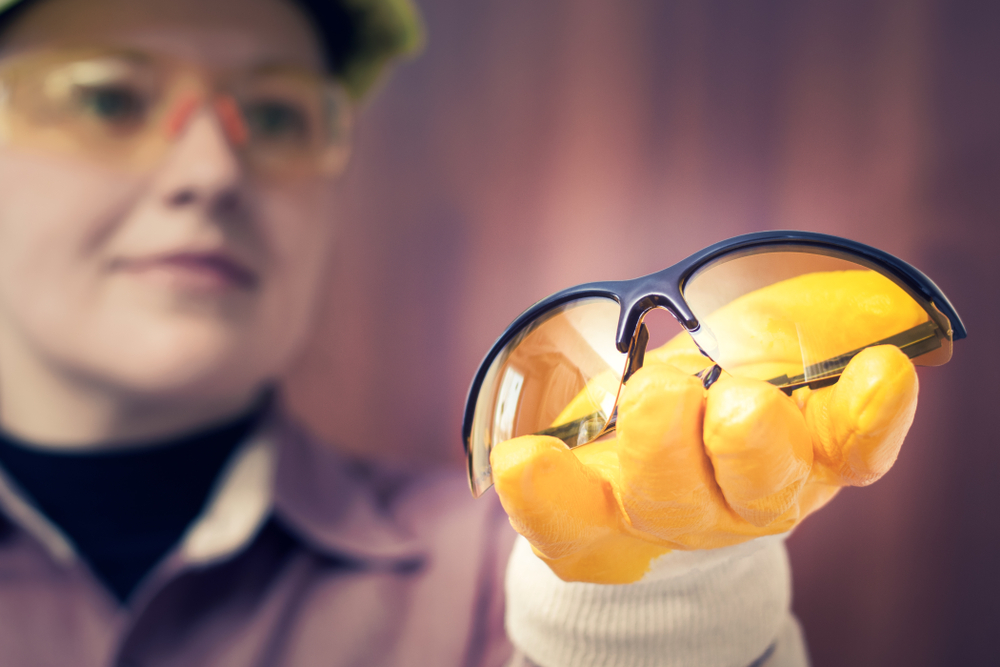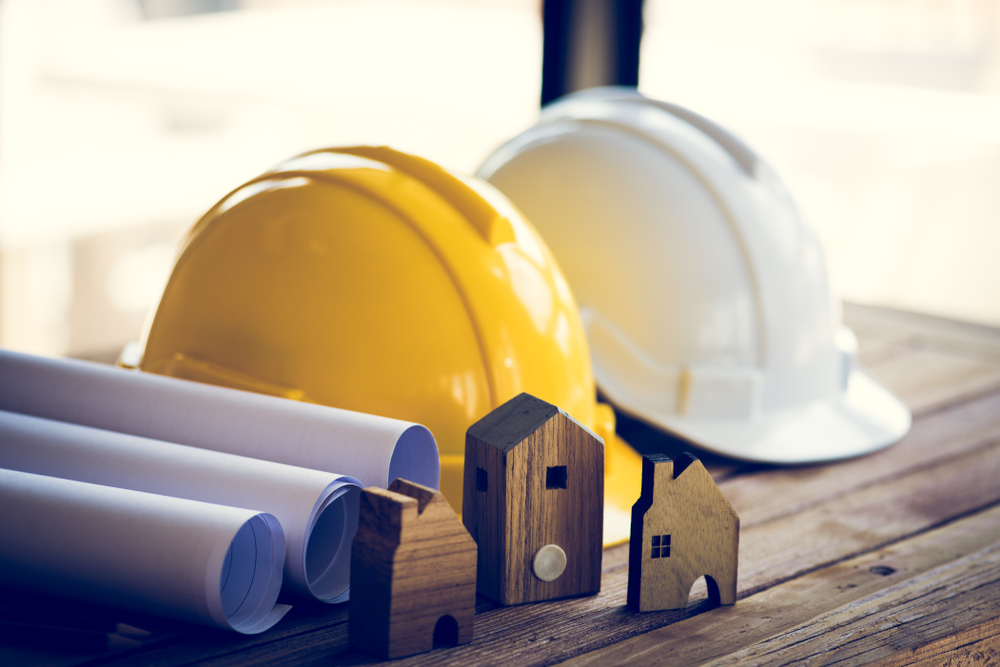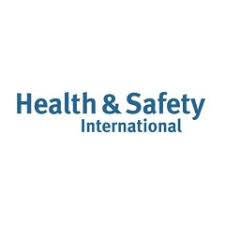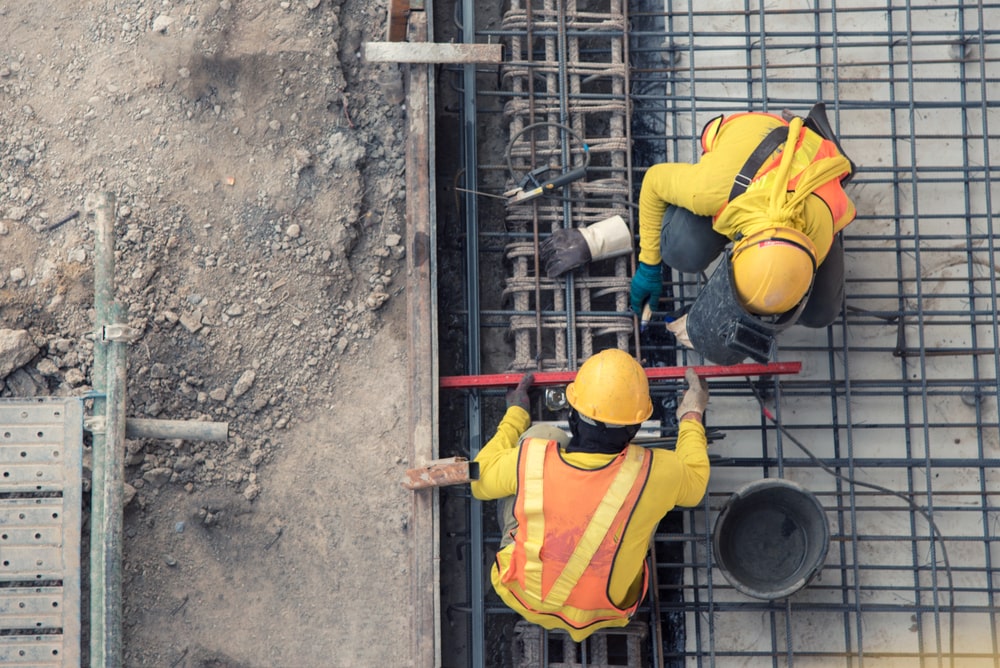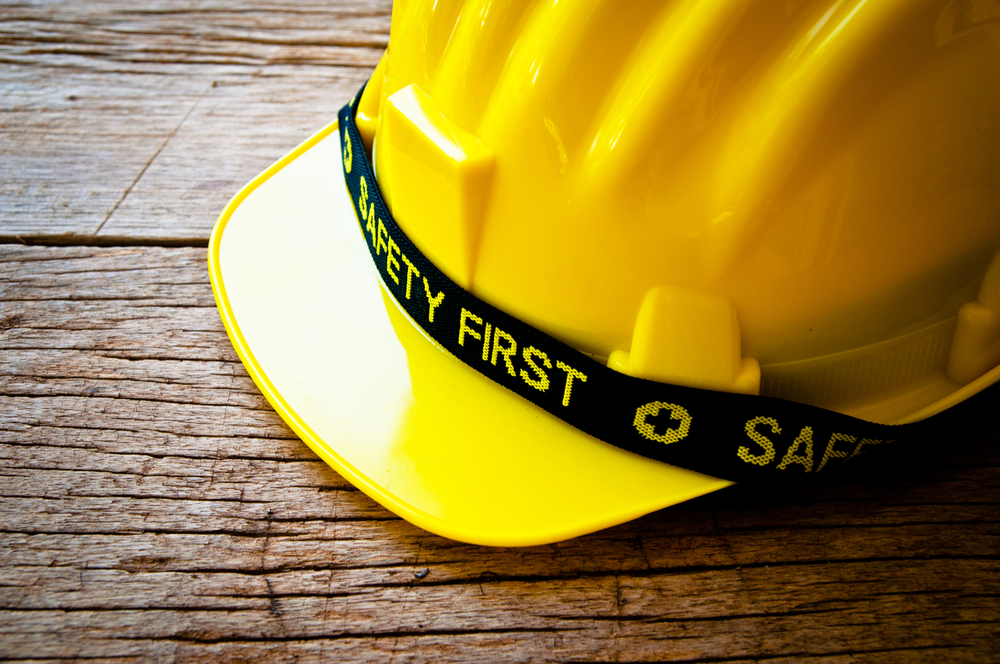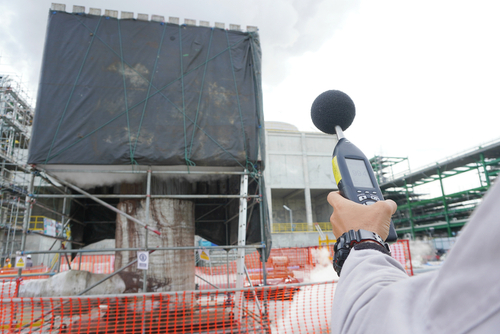News Post
Improving Health and Safety Measures in the Manufacturing Industry
No one wants to be injured whilst at work, and no one wants their staff to be injured, especially whilst on the job. That doesn’t mean that accidents don’t happen. In fact, each year an average of 22 manufacturing workers die in workplace accidents. With 2.7 million people currently working in the manufacturing sector in the UK, that may seem like a low figure, but it isn’t just injuries and deaths that we need to be aware of.
The Labour Force Survey estimates that an average of 33,000 workers per year suffer from illnesses that have been caused or made worse by their job in the manufacturing sector. This highlights not only the increased risk within the sector but also the diverse range of health and safety issues that can follow.
With that in mind, there’s never been a more important time to look at health and safety in the manufacturing industry and how we can mitigate risks.
5 Key Dangers That Factory Workers May Face at Work
Slips, Trips and Falls
Slips, trips and falls are some of the most commonly reported workplace injuries. Although not exclusive to the manufacturing sector, their prevalence is worth noting. With potential exposure to oils, chemicals and other hazardous materials, the manufacturing workplace is likely to see an increased risk of slips and falls. These can pose a huge risk to the health and safety of the workers and lead to major injuries.
Machine-Related Injuries
Due to the nature of manufacturing work, heavy machinery can pose great problems for the health and safety of workers. It may seem obvious, but moving machinery is one of the main causes of injury within the manufacturing industry. Machine-related injuries account for 19% of manufacturing fatalities, 13% of major accidents and 11% of minor injuries in the UK. Health and safety concerns can arise not only when factoring in malfunctioning machinery but also when there is a lack of strict health and safety protocols pertaining to the use of the machinery. Strict safety standards are absolutely vital to limit the safety risks of machinery within the manufacturing workplace.
Falling Objects
High shelving and inappropriate storage solutions can raise health and safety red flags for your workers when it comes to the health risk of falling objects. Pallets and shelving are great for clearing floor space from objects that would otherwise be increasing slips, trips and falls, but pallets and shelving also pose their own hazards.
Repetitive Stress Injuries
Factory and production workers have a high risk of developing a repetitive strain injury. RSIs are developed by an individual repeating the same motion over again in the same manner, overworking the same tissue groups. In the manufacturing industry, this is extremely common and this can lead to major injuries for workers. With an up-to-date health and safety policy in place, this can be mitigated.
Vehicle Accidents
Along with machinery, there is usually a large number of moving vehicles present at manufacturing workplaces. Vehicles can be a health and safety issue when they are being operated incorrectly or there is a lack of safety procedures in place to mitigate risk. Every year there are over 5000 incidents involving transport in the workplace, so it is extremely important to have measures in place for this.
Mitigating Danger and Ensuring Safety at All Times
Whilst the manufacturing industry is filled with potential workplace health and safety issues, it’s important to know the ways in which you can effectively mitigate danger by improving your health and safety measures. These steps will not only help keep employees safe from danger but also businesses free from costly legal battles.
To ensure that your machinery is as safe as can be we recommend regular machinery guarding audits and machine guarding risk assessments. Our expert Health and Safety Consultants are all members of the Institution of Occupational Safety and Health and will help you take effective measures to prevent access to the dangerous parts of machinery.
If you’re looking for a more general approach to improving your health and safety measures, the best step would be to enquire about health and safety consultancy. With the complexities of manufacturing, it can be difficult to know where to start or what safety procedure to implement. Our specialist Manufacturing Health and Safety Consultants will guide you through the process, ensuring that you comply with the legal requirements but also improve your safety processes as a whole.
Once you have upgraded your health and safety measures and ensured that your machinery is all safe to use, it is a great idea to upskill your team in health and safety. In doing this, you will be adding an additional layer of protection to your business and your employees. We host a whole range of health and safety training courses from CEOs and Directors to Supervisors and Machine Operators. By educating your employees on health and safety measures, you are mitigating the dangers.
If you’re looking to improve your health and safety measures in your manufacturing business, get in touch with an expert Health and Safety Consultant from SMS Europe via our website enquiry form, email us at office@smseurope.co.uk or give us a call on 0845 224 0028.
Latest News
It can be difficult to decide your future path - a lot can ride on it, after all - but a career in health and safety could be the right choice for you. There are several types of careers in the health and safety industry that might be a good fit..
What is ISO 45001?
If you’re wondering what ISO 45001 is, then this is the guide for you. Replacing the old OHSAS 18001 standard, ISO 45001 is the new international standard for occupational health and safety management. In this guide, we'l..
Who Enforces Health and Safety?
The enforcement of health and safety is crucial to maintain healthy workplaces. The term health and safety itself covers the safety legislation and safety law that comes under the Health and Safety at Work Act 1974. In general, this means t..
Health and safety training is a requirement in the workplace, no matter which sector you work in. Our experts at SMS Europe have been providing an extensive range of specialist health and safety services for almost 20 years. To help make work en..
Health and safety in the workplace is all about controlling risks in a way that protects both your employees and your company. Strong leadership, including your employees, managers, suppliers, contractors, and consumers, is a characteristic of great ..
Health and safety in the workplace is immeasurably important. But, without the Health and Safety at Work Act of 1974, we might have never prized safety so highly. This piece of workplace legislation is highly significant and indeed has transform..
Fire Safety and Fire Risk Assessment at Leased Offices and Buildings Fire safety at leased single and multi- tenanted offices can be approached in a number of ways. Generally speaking, there are three types of premises, (single occupancy lea..
Safety Gloves
Please have a read at SMSE Managing Director Philip Marsden's article on Safety Gloves which is published in the February 2022 edition of Health and Safety International Magazine. https://www.hsimagazine.com/article/fits-like-a-glove/ We wo..
Current Health and Safety Industry Trends
New Guidance Released for Managing Home Workers As an employer, you have the same health and safety responsibilities for those who work from home as you do for all other employees who may work from the workplace. In most cases, the dange..
Who Is Responsible for the Health and Safety on a Building Site? Legally, the responsibility of health and safety within the business lies with the employer. It is up to them to make sure the environment meets the necessary health and safety requi..
No one wants to be injured whilst at work, and no one wants their staff to be injured, especially whilst on the job. That doesn’t mean that accidents don’t happen. In fact, each year an average of 22 manufacturing workers die in workplace..
Noise at Work- Updated guidance
Controlling noise at work (L108): updated edition published The HSE has updated its buidance on The Control of Noise at Work Regulations 2005. Many people are exposed to noise levels at work that may be harmful, leading to permanent and incura..


